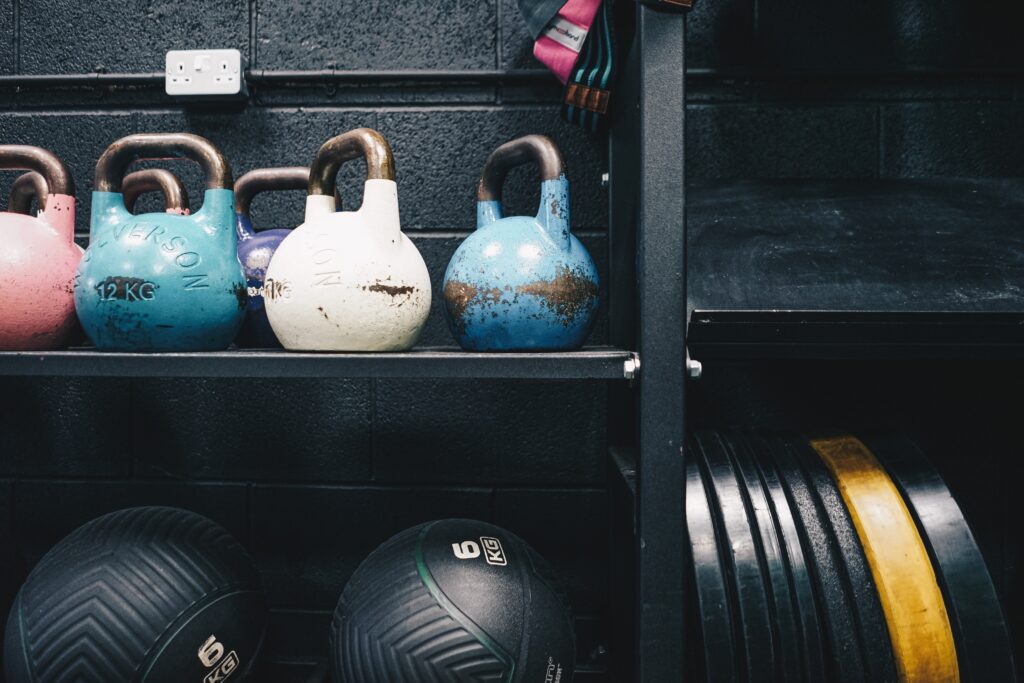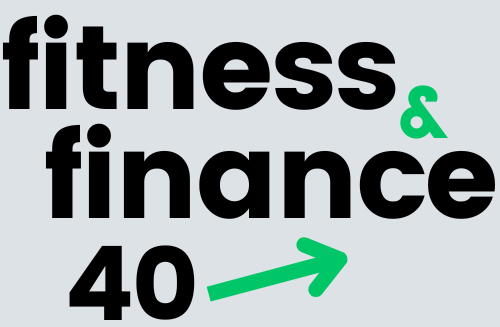
During two-plus decades as a personal trainer, I worked with hundreds of people to help them get in better shape and improve their health.
Looking back, I can honestly say each of my clients was different.
While many had similar health and fitness goals like weight loss, strength improvement, and building muscle, I had to work with each of them differently.
From the programs I designed for them, to how I interacted with them during training sessions, I often had to alter my approach to fit their unique personalities and circumstances.
However, although my clients and their workouts differed, several core workout tenets applied to all of them.
Too Much And Not Enough
The advent of the internet made information about many topics more accessible than ever, with health and fitness, diet, and exercise near the top of the list.
Social media has taken it to another level.
Today, you can open TikTok and follow countless “fitness influencers,” some qualified to provide information and others, not so much.
A lot of the information found on the internet and social media about exercise and working out is too generalized.
The information is geared to the masses because it has to be.
After all, there are clicks to generate and followers to pursue.
Unfortunately, a 60-second TikTok doesn’t allow for much of a deep dive into any topic.
If you happen to be searching for a workout tailored to you and your specific condition (age, abilities, physical limitations/restrictions) information gleaned from the internet or social media can be non-applicable at best and outright dangerous at worst.
I worked with clients as young as ten and as old as 80, but most of my clients were between 35-60.
As someone who is smack dab in that age range myself with more than four decades of consistent weight training under my belt, I’ve learned (sometimes, the hard way) that several key workout variables take on even more significance as you get older.
Minimize Injury, Maximize Results
Ahh, the carefree days of youth.
Little to no responsibility, copious amounts of free time, and not much to stress about.
Funny how things change as you get a bit older.
You just can’t get away with nearly as much as you could when you were a kid or even a young adult.
It’s true with most things, including working out.
If your goal is to stay lean, strong, and healthy into your 40s, 50s, 60s, and beyond, there are a handful of key workout variables you must stay on top of to minimize the risk of injury, avoid frustration, and keep progressing.
1. Get your zzz’s
If you’re surprised to see sleep at the top of the list, you shouldn’t be.
That’s because no other variable will dictate the effectiveness and overall results of your workouts and everything you do OUTSIDE of the gym more than the amount and quality of the sleep that you get.
It’s simple—You can’t be at your best in or out of the gym without consistent, good-quality sleep.
One of the things that I would often tell my clients is that your three most important “nutrients,” in order, are sleep, water, and food.
If you’re not already doing so, start prioritizing your sleep.
Start by establishing a consistent sleep/wake cycle by going to bed and waking up at roughly the same time every night/morning.
Aim to get at least seven hours of sleep each night.
2. Take your (recovery) time
When I was younger, I very rarely took a day off from working out.
Whether it was weight training or running, I worked out seven days a week.
The only thing that would keep me from training was an injury, and even then, it would have to be something pretty severe to shut me down.
While I knew about the importance of allowing your body to rest between workouts, I didn’t feel like it applied to me.
What can I say? I was young and stubborn.
It wasn’t until I reached my mid-to late-30s that I began to listen more closely to my body and take a day or two off, albeit begrudgingly.
Ironically, a crazy thing happened when I started to take a day off from working out.
I felt great!
I had less physical and mental fatigue, fewer injuries, and attacked my workouts with more energy and enthusiasm.
I realized that I could no longer get away with ignoring the signals my body was giving me as I did in my 20s and early 30s.
Lesson learned.
Recovery time between workouts is critical once you reach your 30s, 40s, and beyond, so pay attention to what your body is telling you and proactively schedule days off.
3. Avoid cold starts
Another workout variable I didn’t pay much attention to in my teens, 20s, and early 30s is a dedicated pre-workout warm-up and stretch.
It wasn’t until I was in my mid-to-late 30s that I realized I could no longer simply just jump into my workouts.
Today, I spend 30-40 minutes stretching before every workout, which serves two important purposes.
It prepares my muscles, tendons, ligaments, and joints to lift heavy weights, but because I work out very early in the morning, it also helps wake me up and mentally prepares me to work out.
Even a 15-minute warm-up and stretch will significantly reduce your risk of injury.
3. Form over function
Proper exercise form is important for several reasons.
Performing an exercise using the correct form ensures that you’re targeting the right muscle, getting the most out of the exercise, and maximizing your results.
Using proper form also helps to minimize the risk of injury.
One of the leading contributors to workout-related injuries is the use of incorrect exercise form.
When you use correct exercise form, you ensure your body is in the right position throughout the exercise’s entire range of motion.
When you use incorrect form, it not only reduces the effectiveness of the exercise, it also places your body in a compromised position.
This can result in an injury, leading to structural imbalances within your body and more injuries down the road.
Focus on exercise form—Your body will thank you with better results and fewer injuries.
4. Different tools for the job
Albert Einstein once said, “The definition of insanity is doing the same thing over and over and expecting a different result.”
My workout-specific version of Einstein’s famous quote would go something like this—”The definition of insanity is using the same equipment over and over and expecting to stay injury-free.”
While my quote might not be as memorable as Einstein’s, when it comes to working out, it’s one you need to keep in mind.
If you’ve been working out for any amount of time, you’ve likely heard about the importance of changing things up.
It’s always a good idea to vary things like the weight you use for exercises as well as the number of sets and reps you perform.
These things are pretty much workout dogma.
We need to go beyond that, though.
One thing I don’t see stressed nearly enough, and which is as important, particularly as you get older, is changing the equipment you use during your workouts.
Using barbells, dumbbells, kettlebells, and machines repeatedly in the same movement patterns is a surefire recipe for injury and stagnated results.
Exercise bands, suspension trainers like the TRX, and bodyweight exercises not only give your joints, tendons and ligaments a break from free weights, they’ll force your body to adapt to different workout stressors, enabling you to keep making progress and avoid potential injury.
Exercise bands, suspension training, and body weight exercises are every bit the challenge of free weights when performed correctly.
All three are staples of my workouts and have enabled me to continue lifting heavier free weights after more than four decades of consistent weight training.
With age comes wisdom.
As you get older, one of the best places to apply wisdom is in the gym.
Take the above knowledge and use it to stay healthy, avoid injury, and keep improving.
Want a done-for-you daily routine to combat the “Three Pillars Of Stress” in less than an hour a day? Check out my book, Mind Body & Money.
